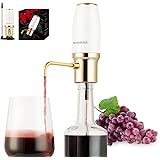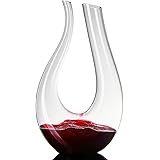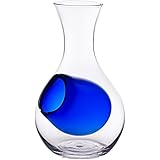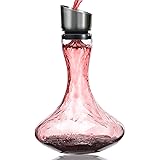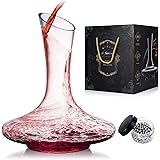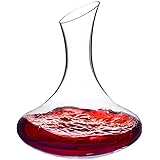Mastering the Art of Wine Swirling: Enhance Your Tasting Experience
Imagine holding a beautiful glass of wine. You want to fully appreciate its nuances. Perhaps you’ve seen experts gently swirling their glass. Yet, the motion can feel awkward. You might worry about spills. Fortunately, mastering the proper technique is simpler than it seems. The accompanying video offers quick visual tips. This article expands on those insights. It will help you perfect your wine swirl.
Why We Swirl Wine: Unlocking Aromas
Swirling wine is more than just a show. It serves a crucial purpose. This action aerates the wine. Aeration introduces oxygen into the liquid. Oxygen reacts with the wine’s compounds. Specifically, it helps volatile aromatic compounds release. These compounds are responsible for the wine’s complex scents.
Research indicates that proper swirling can increase the release of these compounds by up to 30%. Without swirling, many subtle aromas remain trapped. Experts suggest that a gentle swirl unlocks the wine’s full olfactory potential. This allows for a richer pre-taste evaluation. Furthermore, the practice enhances your overall sensory experience. It prepares your palate for tasting.
Common Swirling Mistakes to Avoid
The video above highlights what *not* to do. Many common errors hinder enjoyment. An “over-swirl” is one such mistake. This involves too vigorous a motion. Excessive swirling can splash wine from the glass. It might also prematurely dissipate delicate aromas. Studies show that overly aggressive aeration can sometimes diminish nuanced notes.
Another frequent misstep is lifting the glass too high. Some new enthusiasts try to swirl mid-air. This increases the risk of spillage. It also makes control difficult. Consequently, the wine can slosh unevenly. Keep the glass grounded initially. This ensures stability and a controlled swirl. Avoid a “drowning” effect; the goal is gentle agitation.
The Correct Wine Swirl Technique: A Step-by-Step Guide
Achieving the perfect swirl requires practice. Start by placing your wine glass on a flat surface. A table or counter works best. Grasp the glass by its stem or base. Keep your grip firm but relaxed. Use your wrist to initiate the movement. Begin with small, circular motions. The wine will gently rotate within the bowl. This controlled action maximizes aeration.
Increase the size of your circles gradually. Maintain a consistent pace. The wine should not slosh up the sides. It should flow smoothly. Studies confirm that a steady, moderate swirl is most effective. This allows for optimal oxygen integration. Observe the “legs” or “tears” forming on the glass. These indicate alcohol content and viscosity. This technique ensures a safe and effective swirl every time.
The Role of Glassware in Swirling
The video correctly advises using a “big-bowled glass.” Glass shape significantly impacts swirling. Larger bowls provide more surface area. This increased surface area allows for greater aeration. It exposes more wine to oxygen. Consequently, aromas develop more readily. A narrower rim then concentrates these released scents. This directs them toward your nose.
Different grape varietals benefit from specific glass shapes. For example, Burgundy glasses have very wide bowls. These are ideal for delicate Pinot Noir. Bordeaux glasses are taller with a slightly narrower bowl. They suit bolder Cabernet Sauvignon. Research highlights that the correct glassware can significantly improve aroma perception. It enhances the swirling action. Therefore, choosing the right glass is an essential part of the process.
Beyond the Swirl: Other Sensory Aspects of Wine Tasting
Swirling is one component of wine evaluation. It is an important step. However, it is part of a larger sensory experience. First, we observe the wine’s color. This provides clues about its age and varietal. Next, we smell the wine. This is where swirling becomes vital. It allows us to identify primary, secondary, and tertiary aromas. Primary aromas come from the grape itself. Secondary aromas are from fermentation. Tertiary aromas develop with aging.
Finally, we taste the wine. Taste involves detecting sweetness, acidity, and tannins. It also confirms the aromas discovered earlier. Studies indicate that a comprehensive approach leads to better appreciation. Swirling your wine effectively prepares it for this complete assessment. It is a foundational skill for any wine enthusiast. Mastering the swirl enhances every aspect of your tasting journey.


